Rosemary is a versatile and aromatic herb that adds flavor to a variety of dishes and brings a pleasant fragrance to your garden. Growing rosemary from cuttings is an economical and satisfying way to propagate this hardy herb. Here’s a detailed guide to successfully growing rosemary from cuttings.
Other Topics You Might Like
Helpful Products You Might Like
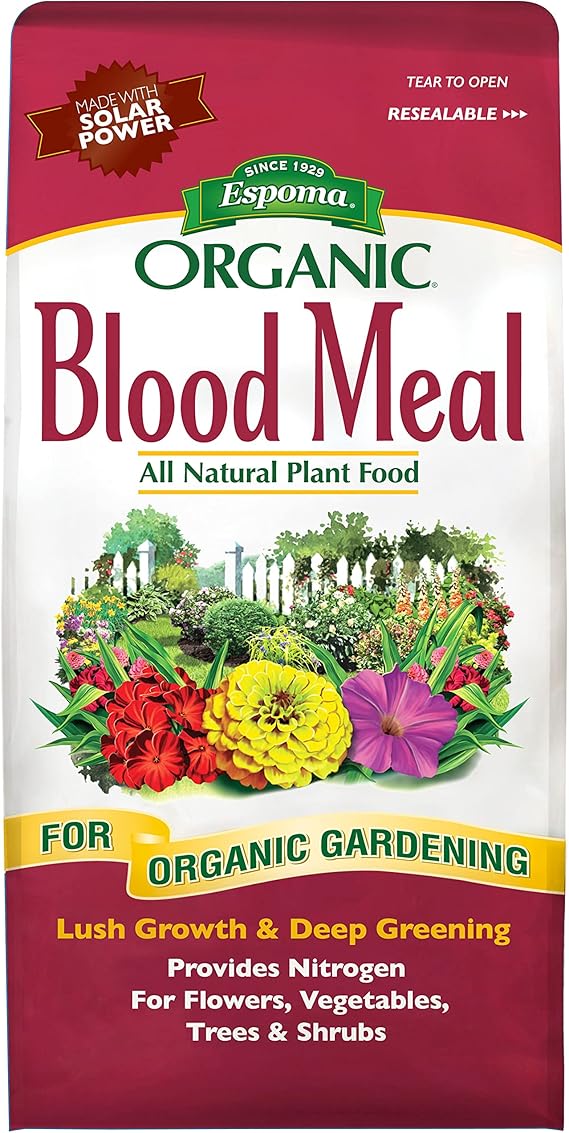
Espoma Organic Blood Meal All-Natural Plant Food
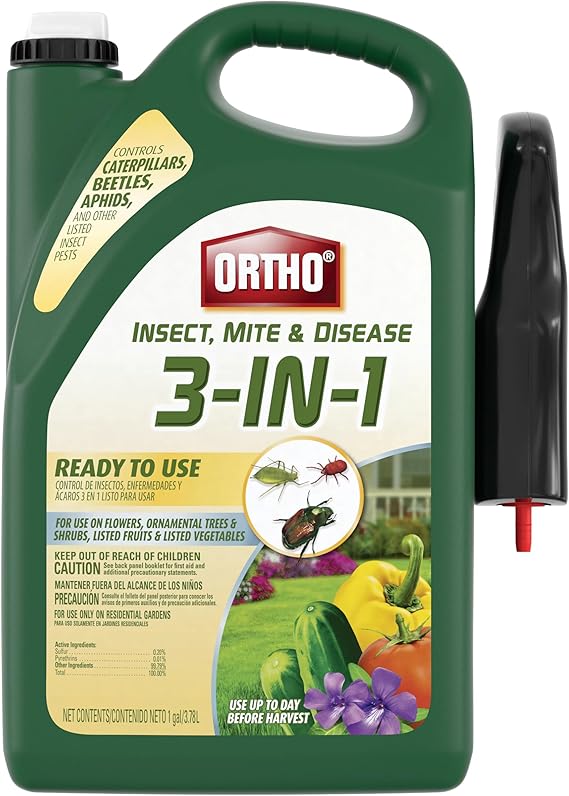
Ortho Insect Mite & Disease Ready-To-Use gal
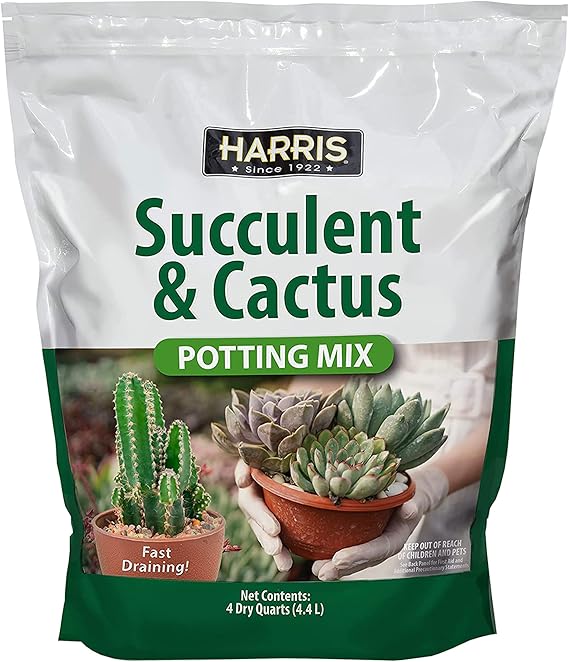
Harris Premium Succulent and Cactus Potting Soil Mix
"(Paid Links)" 
Choosing the Right Cuttings
Timing:
The best time to take rosemary cuttings is during the spring or early summer when the plant is actively growing. This ensures that the cuttings have the best chance of rooting and establishing themselves.
Selecting the Cutting
Choose a healthy, non-flowering stem that is about 4-6 inches long. Avoid stems that are too woody or too soft. The stem should be firm but not overly mature or lignified.
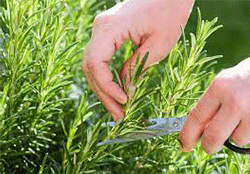
Preparing the Cuttings
Trimming
Use clean, sharp scissors or pruning shears to cut the stem just below a leaf node. Remove the lower leaves from the bottom half of the cutting, leaving a few leaves at the top. This helps prevent the leaves from rotting in the soil and encourages root development.
Optional - Rooting Hormone
Dip the cut end of the stem in rooting hormone powder. While this is not strictly necessary, it can significantly increase the success rate of rooting by stimulating root growth.
Planting the Cuttings
Soil Preparation
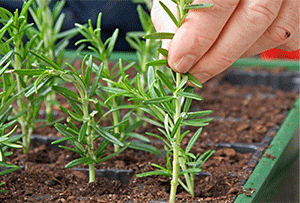
Use a well-draining soil mix to prevent waterlogging. A mixture of potting soil and perlite or sand works well for rosemary. Ensure that the soil allows for good drainage to avoid root rot.
Planting
Insert the cutting into the soil about 1-2 inches deep. Firm the soil around the stem to ensure it stays upright and is well-supported. Make sure the cutting is planted deeply enough to establish roots but not so deep that it rots.
Caring for the Cuttings
Watering
Water the cuttings thoroughly after planting. Keep the soil moist but not soggy. Overwatering can lead to root rot, so ensure proper drainage and avoid allowing the cuttings to sit in excess water.
Humidity
Rosemary cuttings thrive in a humid environment. Cover the cuttings with a clear plastic bag or place them in a mini greenhouse to retain moisture. Ensure good ventilation to prevent mold and mildew growth.
Light
Place the cuttings in a location with bright, indirect sunlight. Direct sunlight can be too harsh for young cuttings, while insufficient light can hinder root development. A sunny windowsill or a spot with filtered light works well.
Root Development
Timeframe
Roots should begin to form in about 3-4 weeks. You can gently tug on the cuttings to check for resistance, which indicates root growth. Be careful not to pull too hard and damage the developing roots.
Transplanting
Once the cuttings have established a good root system, they can be transplanted into individual pots or directly into your garden. Gradually acclimate indoor-grown cuttings to outdoor conditions by placing them outside for a few hours each day, increasing the duration over a week.
Long-term Care
Watering
Established rosemary plants are drought-tolerant. Water them deeply but infrequently, allowing the soil to dry out between watering's. Overwatering can lead to root rot and other issues.
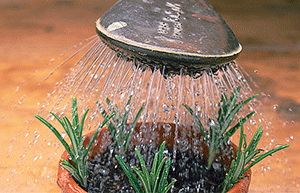
Pruning
Regular pruning encourages bushier growth and prevents the plant from becoming leggy. Harvesting rosemary leaves not only provides fresh herbs for cooking but also helps maintain the plant's compact shape.
Winter Care
In colder climates, protect rosemary plants from frost by covering them with mulch or bringing potted plants indoors during winter months.
Conclusion
Growing rosemary from cuttings is a rewarding process that allows you to expand your herb garden with minimal cost. By following these steps and providing appropriate care, you’ll enjoy a thriving rosemary plant that enhances your culinary creations and adds beauty to your garden.
